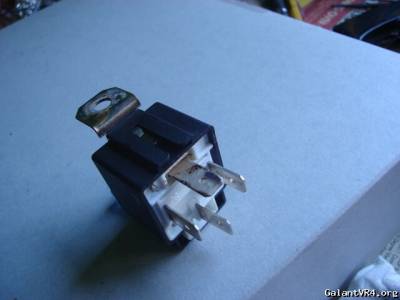RedTwo
Well-known member
I rewired my fuel pump as per VFAQ (aside from using a SPST over a SPDT), everything was well and good for over a year until the other day I managed to kill the relay. Terminal 87 is pretty fried but the 15A fuse (across terminal 30) and the other terminals are untouched.
I've had a quick check through all the wires people have suggested before (o2, MPI relay, etc) and they all look good. I reconnected the wires from 86 and 87 and the car fired up.
Can anyone explain why 87 (to fuel pump) fried before the terminal and/or fuse coming off the battery did? Would this mean that the car/pump was actually running when the relay blew?

I've had a quick check through all the wires people have suggested before (o2, MPI relay, etc) and they all look good. I reconnected the wires from 86 and 87 and the car fired up.
Can anyone explain why 87 (to fuel pump) fried before the terminal and/or fuse coming off the battery did? Would this mean that the car/pump was actually running when the relay blew?











